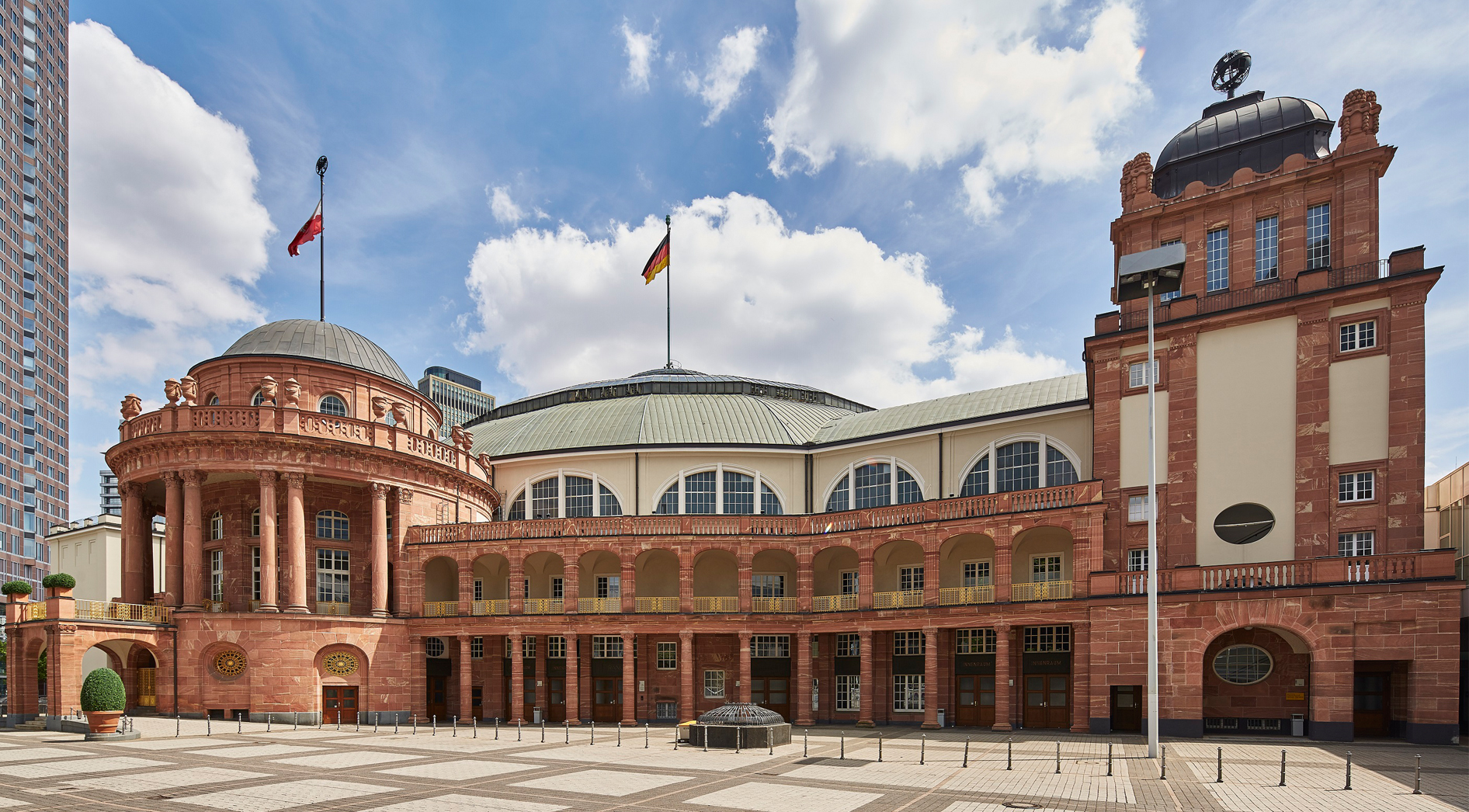Today, the Festhalle is a unique concert and event location with 110 years of vibrant history to its credit.
History – image gallery
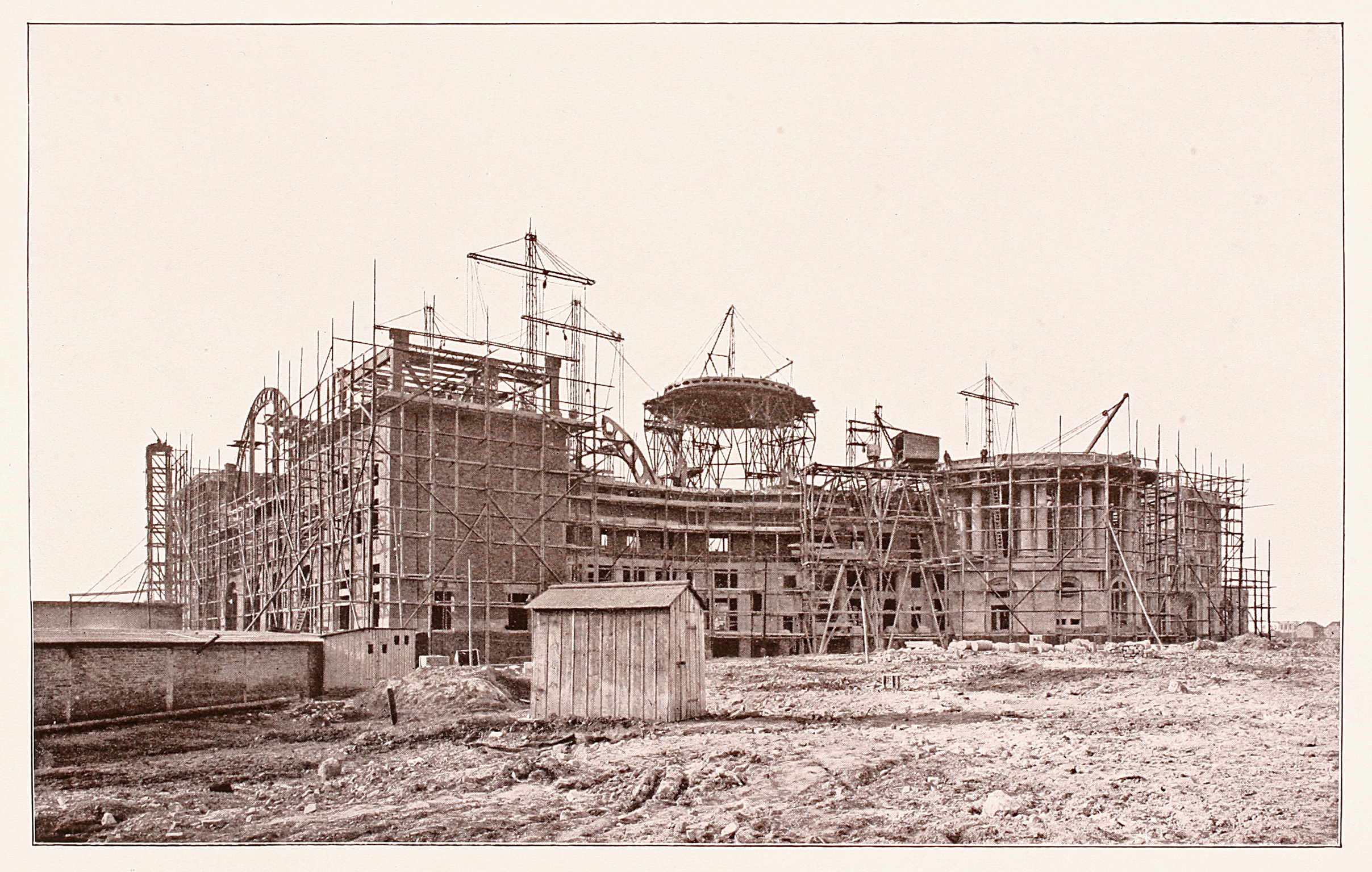

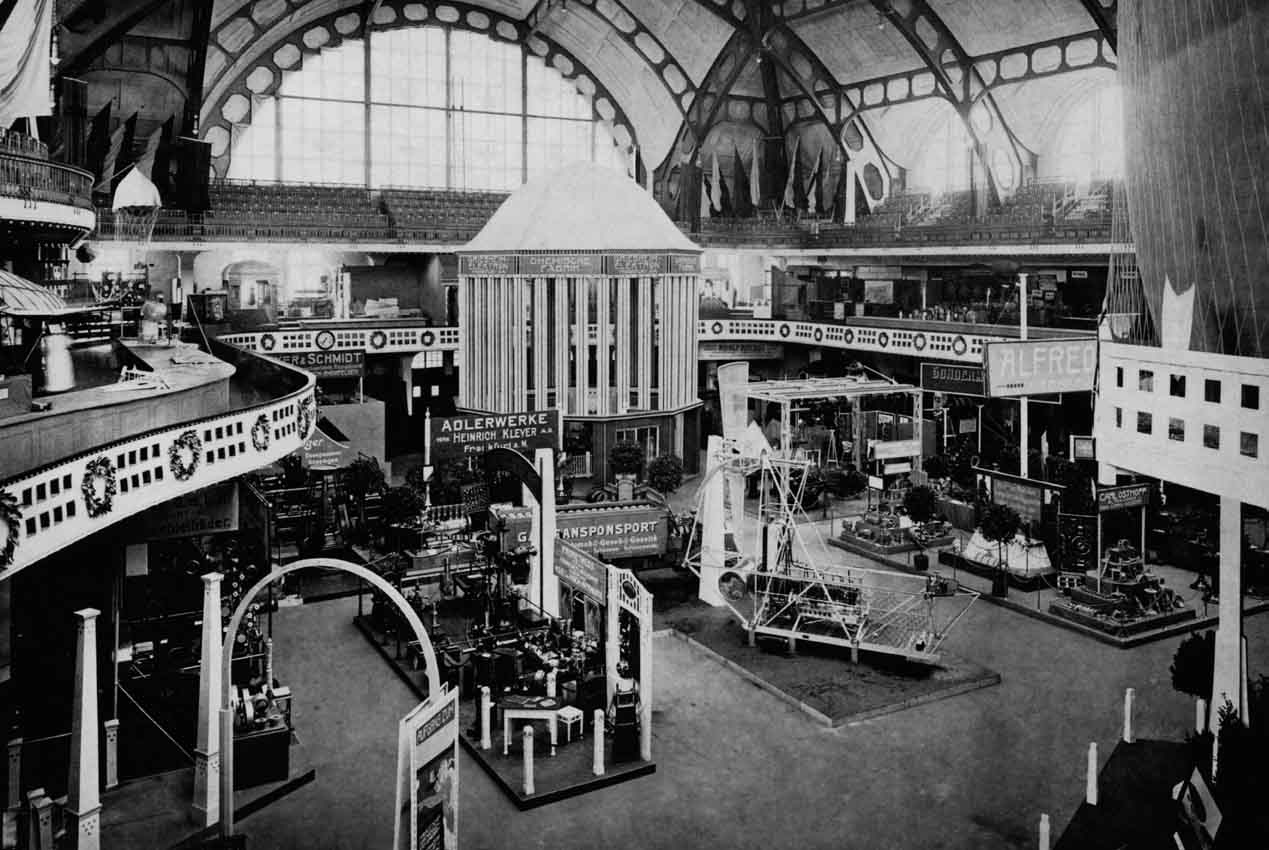
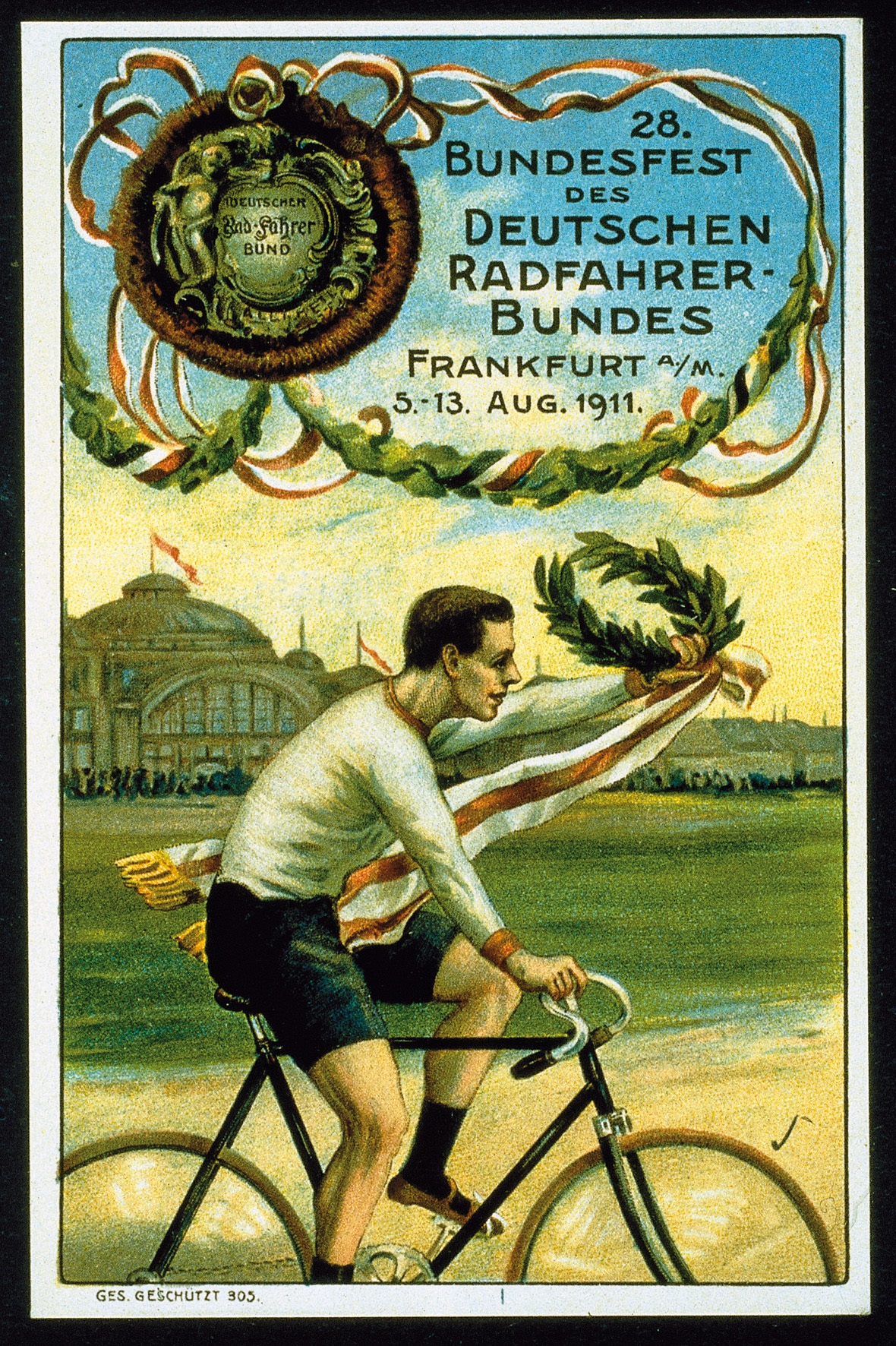
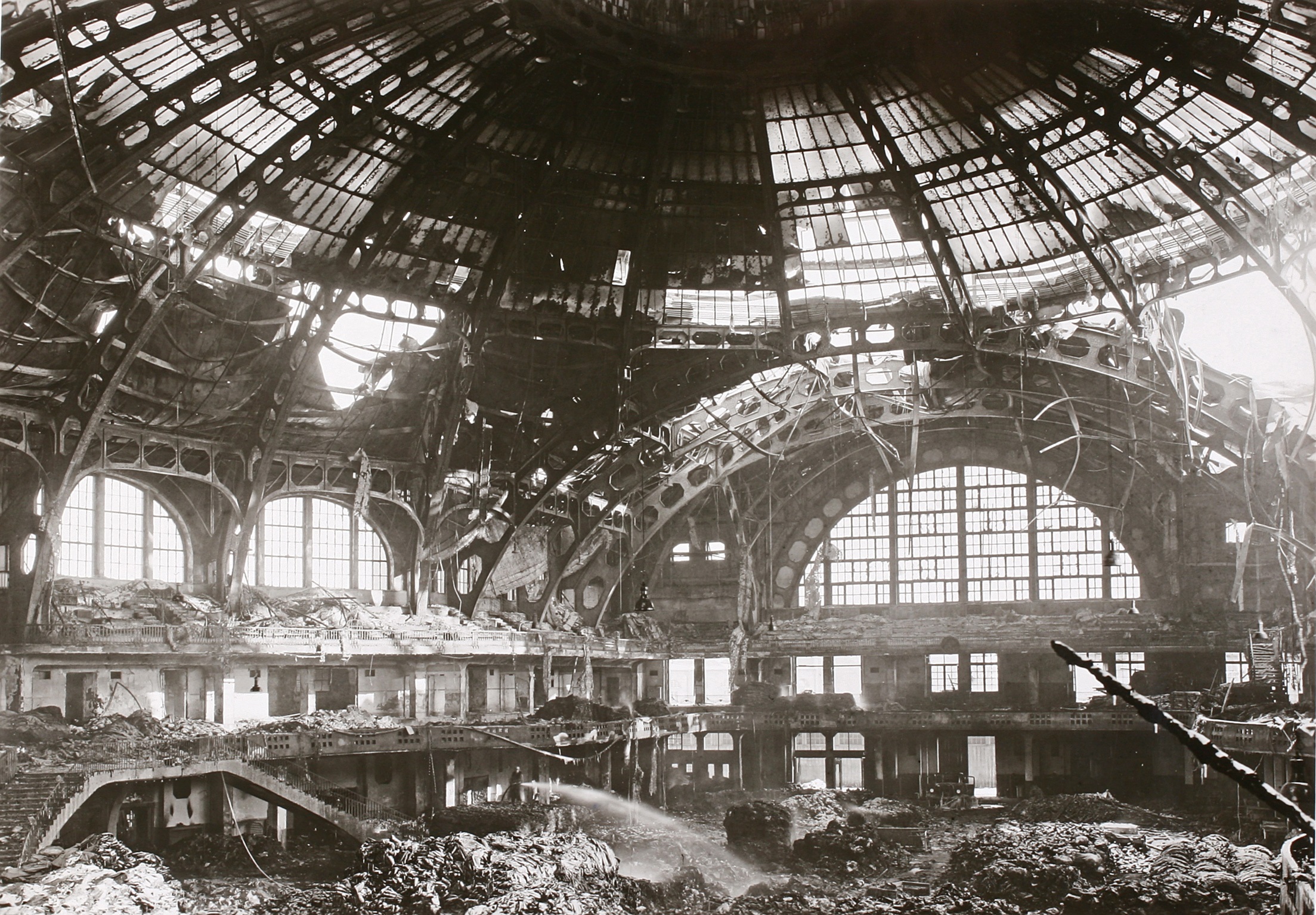
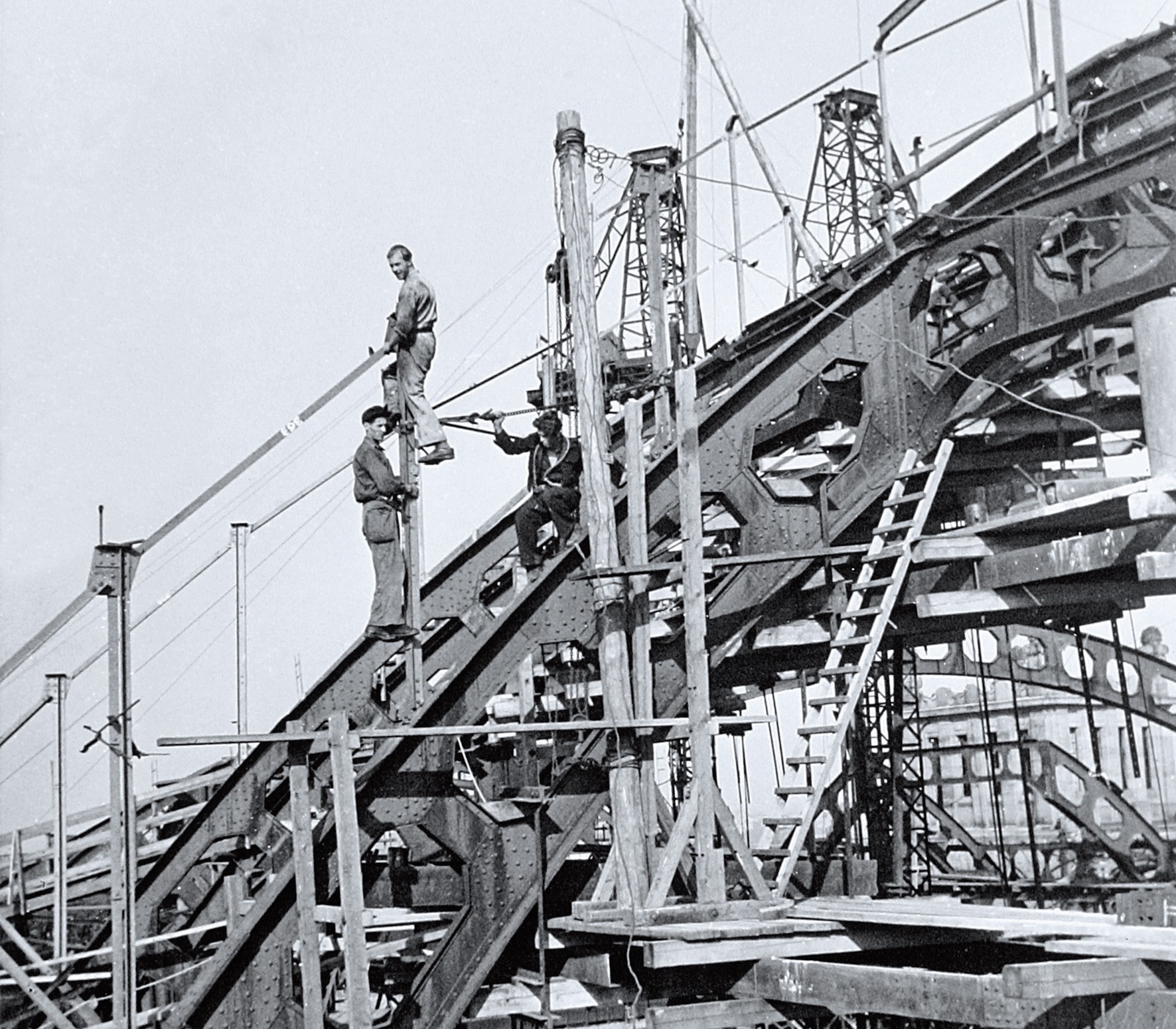
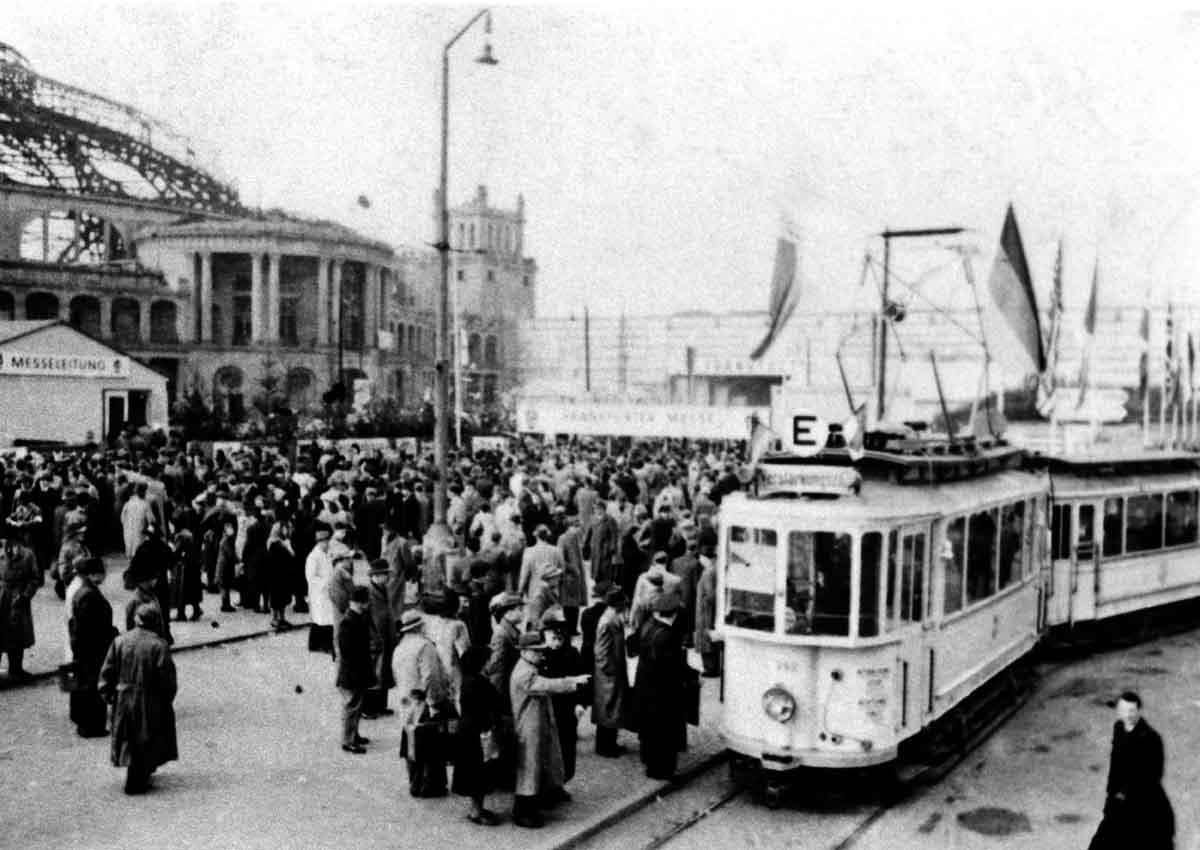
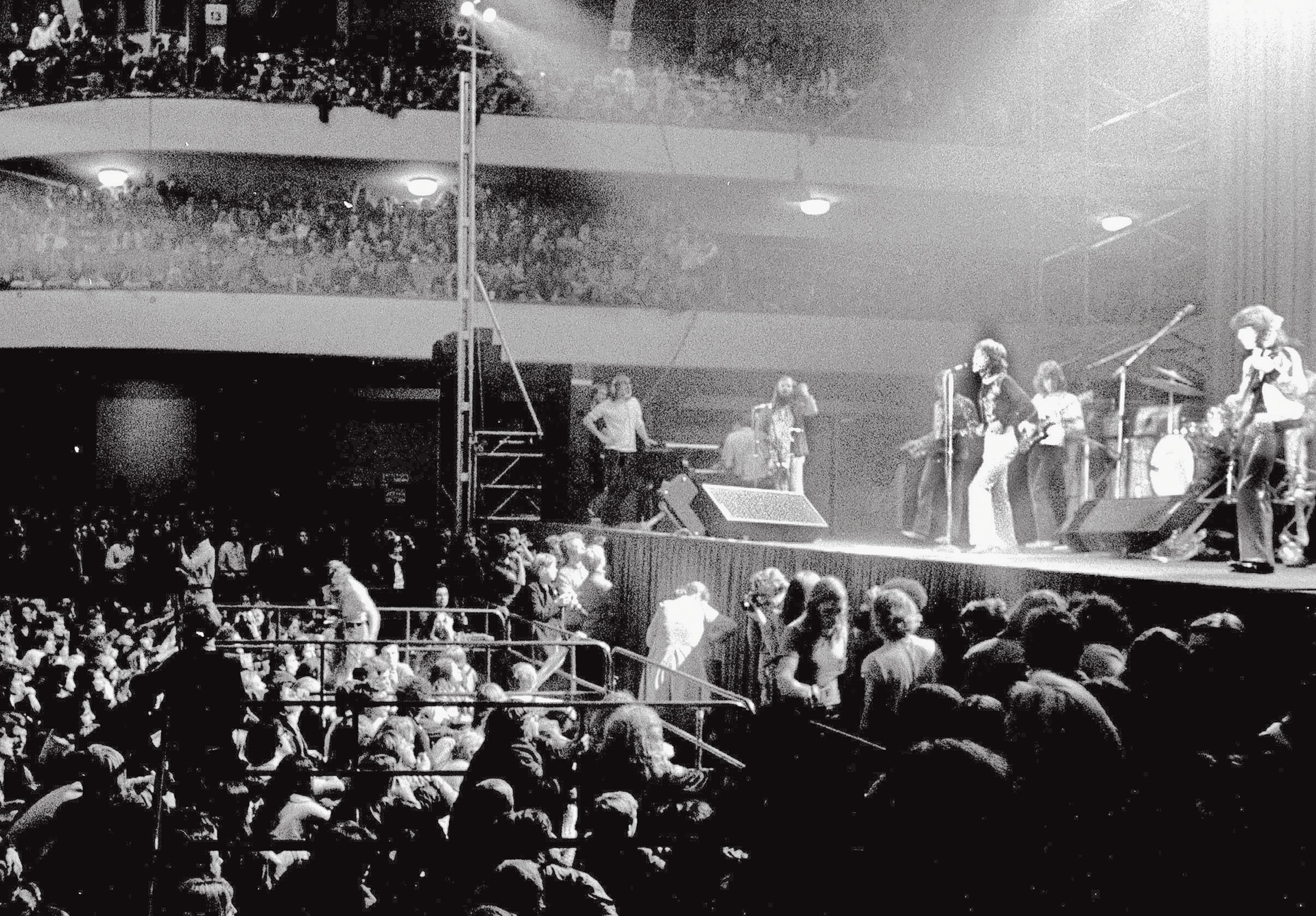
1907 to 1913

The construction work for the Festhalle began on 11 June 1907 even before the contract for founding trade fair company Frankfurter Ausstellungs- und Festhallengesellschaft mbH was signed on 22 November 1907. The 11th German Gymnastics Festival was to be held in the building shell of the Festhalle as early as 1 July 1908. The Festhalle was officially opened in the presence of Kaiser Wilhelm II on 19 May 1909 with the 3rd German Male Voice Choirs competition. An estimated one and a half million visitors came to Frankfurt and the Festhalle between 10 July and 17 October 1909 for the International Airship Exhibition (ILA).
Here, the visitors saw the latest inventions, spectacular motor balloon flights and the airships of Count Zeppelin. The courageous test attempts by gliders and various flying machines took place above the entire city area. Various events were held up until the First World War, including the Sport, Games and Shooting Exhibition in 1910 and, in the following year, the first six-day race, an exhibition of culinary art and much more besides. In 1912, a sold-out Festhalle played host to Circus Sarrasani for four whole weeks.
First World War until 1919
With the mobilisation for the First World War, the Festhalle was requisitioned by the military administration for use as a uniform store and soldiers’ quarters. It was only after the end of the war and extensive repair work that trade fair operations recommenced on 1 October 1919 with the International Import Fair.
After the deprivation of the war years, this first trade fair was welcomed with open arms by exhibitors and visitors alike. So much so, in fact, that the Festhalle was not big enough to contain them. A total of 3,000 exhibitors set up their stands in the hall and a number of provisionally added wings.
1920s
This was followed by numerous trade fairs and specialist events such as culinary art and household management exhibitions, a car show, dancing championships, horse riding and driving tournaments, indoor sports festivals and boxing matches. In the 1920s, the Frankfurt-based socialist cultural organisation “Kulturkartell” set the tone, holding impressive mass events and concerts, including elements of the “International Worker Olympics” in 1925.
1927 saw Frankfurt become the “centre of democratic culture”, organising the “Summer of Music” with the international exhibition “Music in the Lives of the People”. The exhibition was opened by German Foreign Minister Gustav Stresemann (DVP).
In 1929, the 20th “sample fair” was the last fair to be held for some time, the global economic crisis having brought the Frankfurt trade fair operations to a virtual standstill.
1930s
Rather than trade fairs, the Festhalle was used for large-scale events such as the German Photographic Exhibition, Music in the Lives of the People or the International Exhibition of Culinary Art with Zentis, Afri-Cola and Glocken bread.
The Nazi regime frequently used the Festhalle for mass propaganda rallies. During the Kristallnacht progroms in November 1938, Jewish citizens were rounded up in the Festhalle before being transported to prisons and concentration camps.
1940s

As the Festhalle had proved to be far too small for the Construction and Settlement Exhibition 1938, work began the following summer on a project for redesigning the Festhalle site, with two large hall buildings and a spacious conference venue. The hope was that it would be completed in 1940 in time for the opening of the ACHEMA chemistry trade fair.
When the Second World War broke out, the Festhalle and all adjacent buildings were once again used for storing materials and ammunition and all plans for expansion were stopped. The Festhalle was burnt out on 19 December 1940, probably as a result of sabotage. Finally, the Festhalle was severely damaged in the frequent air attacks on Frankfurt; only the walls and the iron structural framework remained.
When the war ended in 1945, the American forces initially occupied the bombed-out exhibition grounds. The trade fair company, Messe- und Ausstellungs-Gesellschaft mbH, resumed its work in early July 1946. At the helm of the Supervisory Board was Walter Kolb, the city’s energetic mayor. 1948 saw the first trade fair held after the Second World War, the “DM fair”.
1950s to early 1960s
Rebuilt with a simplified design, the Festhalle was ready to go into operation again for the 1950 Frankfurt Spring Fair. In the trade fair boom of the 1950s, the venue was used extensively to house exhibitions such as the Frankfurt Book Fair, the International Motor Show and the German Radio, Television and Phonographic Exhibition. However, it was also a popular convention centre for professional and trade associations, clubs and political parties – for instance, around 7,000 specialists from 62 countries came together here for the World Oil Congress in 1963.
The Festhalle also featured events such as Holiday on Ice (with Elvis Presley in the audience in 1958), a six-day race, boxing and the first TV broadcasts.
1960s and 1970s

When the 1960s arrived, the Festhalle also made a name for itself in the rock and pop scene. International stars like the Rolling Stones, Kiss and Led Zeppelin took to the Festhalle stage, as did the Scorpions, Genesis and Pink Floyd later on.
The Festhalle was given listed building status in 1972.
In 1986, the Festhalle was converted into a state-of-the-art multifunctional hall.
The Festhalle was closed for six months for a general overhaul in 1986. During this time, the complete electric installations, heating and air conditioning systems, cloakroom areas, stage and PA equipment were all replaced or installed anew.
Since then, the hall has been ideally equipped for all kinds of events and has played host to leading names in pop and rock such as Chris de Burgh, Supertramp, Prince, Santana, David Bowie, Tina Turner, Bruce Springsteen and Bon Jovi, but also opera stars like Luciano Pavarotti and Placido Domingo, magician David Copperfield, boxer Henry Maske and tennis legend Boris Becker.
Twelve years after the reopening of the hall, it is safe to say that the 40 million Deutschmarks that were invested in converting the Festhalle into a state-of-the-art multipurpose hall have well and truly paid off. After all, the Festhalle is now one of the most popular halls in Germany.
100-year anniversary in 2009

In order to restore the listed building to its former glory in time for its 100th anniversary in 2009, work began two years earlier on renovating the façade based on the historical designs of 1909. This involved cleaning and in some cases replacing the sandstone and painting the railings gold again while the reconstructed globes were positioned on the rotunda, its dome and the three corner towers.
